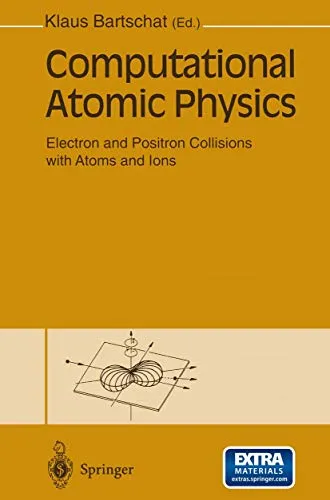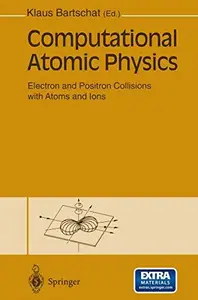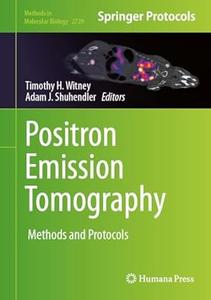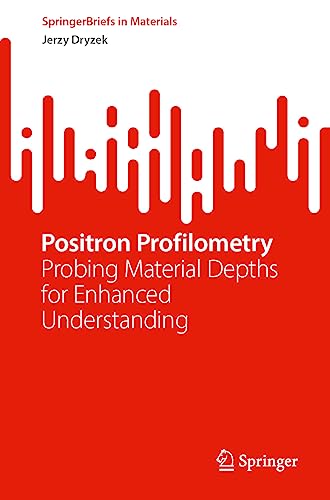
Free Download Computational Atomic Physics: Electron and Positron Collisions with Atoms and Ions by Klaus Bartschat
English | PDF | 1996 | 264 Pages | ISBN : 3642646557 | 24 MB
Computational Atomic Physics deals with computational methods for calculating electron (and positron) scattering from atoms and ions, including elastic scattering, excitation, and ionization processes. Each chapter is divided into abstract, theory, computer program with sample input and output, summary, suggested problems, and references. An MS-DOS diskette is included, which holds 11 programs covering the features of each chapter and therefore contributing to a deeper understanding of the field. Thus the book provides a unique practical application of advanced quantum mechanics.



